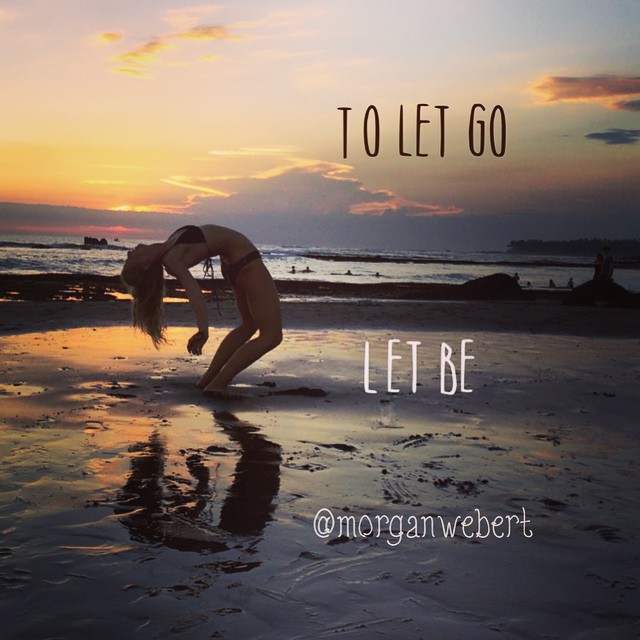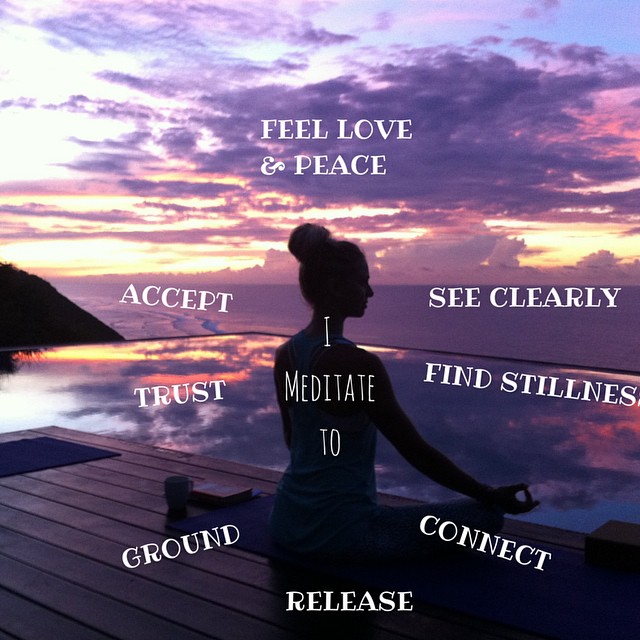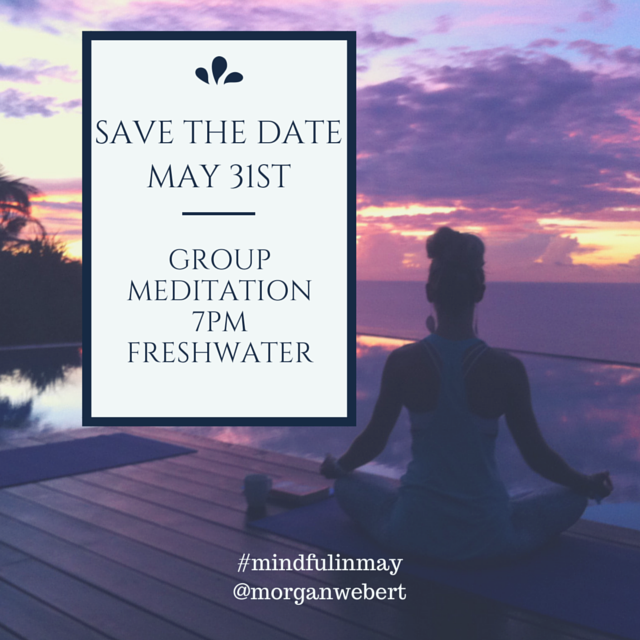Have you ever had a feeling about something but couldn’t explain why you knew it was right? A gut instinct? A hunch?
And have you ever chosen not to listen to that gut instinct simply because you couldn’t give a logical explanation for it, but then regretted ignoring it later?
I know I have! Too many times have I looked back on a situation and thought, “Man, I knew I shouldn’t have done that.” But in the moment mentally convinced myself otherwise.
Why do we ignore our intuition?
I believe it’s because we’ve lost sight of recognising our feelings and sensations as highly intelligent rapid messages coming from our body and greater awareness, and instead emphasised thoughts and mind as the ultimate intelligence.
But really, what’s faster our thoughts or our feelings?
Imagine someone you’re very attracted to has just walked into the room and flashed a big smile and sexy wink at you. What happens first:
a) Your heart rate goes up, you blush, you feel little butterflies etc.
b) You think, ‘He/She is so hot/awesome/amazing/sexy, wow, what does that smile and wink mean? That made me feel good.’
I don’t need a scientific study to tell me that most of us will pick a) . We FEEL the stimulus from our environment first and then our thoughts catch up to categorise, analyse and compartmentalise the experience.
To be fair, the mind does this generally quite rapidly, but the truth is that our sensations are always the first responders to our experience, sending us information about how that environmental stimulus does and will effect us.
How about with our health?
If you’ve ever had any kind of illness what was the first thing that led you to know something wasn’t right? I’d wager quite a big bet that is was a feeling. Maybe simply a physical feeling like pain or fatigue, or sometimes a feeling that’s harder to pin point.
If you think about any of your health issues, how long did you feel that feeling before checking it out further? How often have you ignored it or written it off until it was unbearable to ignore?
And have you ever wished you’d explored that pain or feeling earlier because then it would have been easier to heal, or at least you would have healed sooner and not suffered as long?
I hear people tell me stories like this all the time. And I know that I have regretted ignoring the signs of my body calling out for help far too often. And when I’ve done that they never go quiet they just start yelling louder.
Our feelings are messages from the body.
Sensations and feelings are not arbitrary or mystical, they are simply the way our body communicates to us how environmental influences are impacting us.
The environmental influences could be something we eat or drink, breath, touch, listen to or even see. And bazaar enough, biologically our own thoughts are considered environmental influences.
The science of epigenetic research shows that even our genes respond to environmental stimuli, and the type of thoughts we continually think create a physiological response that actually impacts how genes express.
Not to mentions our state of mind also influence our nervous system, how we digest, breath, our heart rate and so much more.
Feelings are a language and we need to learn how to read them.
Our physical sensations or feelings are the language of the body giving us feedback about how the environment is influencing us as well as how our thoughts our influencing us, and we’d be wise to pay attention and start learning this language.
Doing breath body mindfulness practices like yoga and meditation are one of the greatest ways to become more fluent in the language of feelings and sensations.
Emotions are defined as “strong feelings deriving from one’s circumstances, mood, or relationships with others.” So our emotions too are messages conveying the intelligence of the body that we can listen to and be guided by.
[infobox]3 Tips to Translate Your Feelings
1. Moving and scan your body every morning.
Approach each morning with movement and use it as a question to the self, checking in and seeing how you feel. Once you’ve noticed the dominant sensations arising simply ask, “What is this telling me about my health, life or mind set? What do I need today, right now to feel balanced?”
2. Use Feelings as a GPS Sat Nav System.
I like to think of my sensations in this way, as if they are constantly giving me directions. When I get a bad feeling I take it as a little warning sign saying, “Wrong direction! Wrong direction! Please proceed in the in the other direction.”
Then I simply ask myself, “What is the right direction?” I know it’s the right direction because when I imagine it or start going in that direction is feels good. That simple.
3. Voice Dialogue with Parts of Your Body.
Voice dialogue is a technique that came from Dr. Hal and Dr. Sidra Stone, psychologists who developed a method of speaking to the different aspects of yourself. Traditionally it is used to speak to the different aspect of your psyche by giving each a voice, but you can also give a voice to various parts of your body.
I’ve work with people who’ve given a voice to their eyes, injured knee that wouldn’t heal, colon and immune system that was having an autoimmune response.
The basic idea is simple to have a conversation with this part of your self. You can do this in your head, while meditating or through journaling.
Begin by asking questions to it. For example, if you’re having digestive issues you could ask your stomach and intestines, “How are you feeling today? What makes you feel that way? What makes you feel good? What makes you feel bad? What would you like to tell me?
Simply allow the response to be natural and as if the stomach were speaking. For example, “I’m feeling a bit bloated today. I couldn’t really process all those almonds. I’d like to tell you just to relax, no need to rush around so much.” Just have a conversations as if it were a friend…after all, we want to befriend our bodies, care for them and love, not put demands on them as if they were lifeless machines. Every single cell in your body carries your soul and inner light, we are far from machine like![/infobox]
Trust your feelings and yourself!
Sadly, most of us weren’t taught these basic skills so we have a lot of doubt or numbness around our feelings and sensations.
Remember this is how we are designed to be and there is so much evolutionary and biological intelligence and validity to our feelings — even if we can’t logically explain them.
Just like learning any language it can be quite overwhelming at first and hard to understand, but the more you practice the easier it becomes until one day you realise you’re fluent and having a fantastic conversation without second guessing.
What are you’re favourite ways to understand the language of feelings and sensations?
Resources:
http://www.nature.com/scitable/topicpage/epigenetic-influences-and-disease-895








